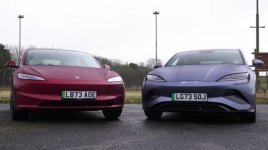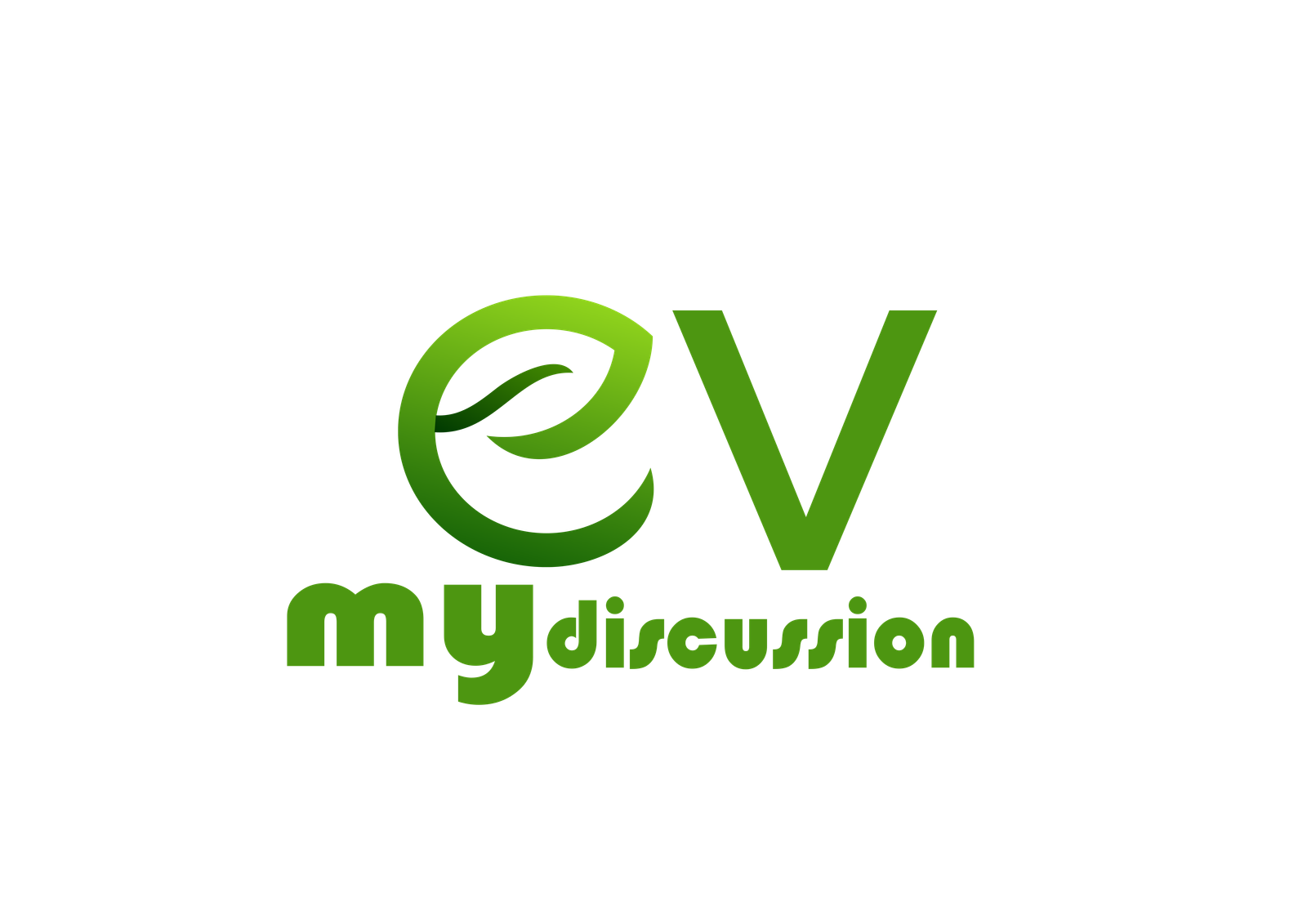tesla 1
Member
Let's break down the Tesla Model 3 and BYD Seal comparison based on the key factors you're interested in:
1. Battery Size
Tesla Model 3: The standard variant has a 57.5 kWh battery, while the long-range version features an 82 kWh battery.
BYD Seal: It offers a 61.4 kWh battery for the standard model and an 82.5 kWh battery for the extended range.
2. Range
Tesla Model 3: Depending on the variant, the range is between 491 km (standard) and 602 km (long-range) on a full charge.
BYD Seal: The range is comparable, offering 550 km for the standard range and 700 km for the long-range model (based on the CLTC cycle, which is often more optimistic than WLTP).
3. Range Price
Tesla Model 3: Charging at home costs around €15 for a full charge on a standard model, depending on local electricity rates. Supercharger rates are typically higher.
BYD Seal: Estimated range price is slightly lower due to BYD’s use of LFP (Lithium Iron Phosphate) batteries, which offer better efficiency and charging cost balance.
4. Manufacturing Country
Tesla Model 3: Manufactured in China for the European and Asian markets, and USA for North America.
BYD Seal: Manufactured in China.
5. Size & Height
Tesla Model 3:
Length: 4,694 mm
Width: 1,850 mm
Height: 1,443 mm
BYD Seal:
Length: 4,800 mm
Width: 1,875 mm
Height: 1,460 mm

6. Trunk Size
Tesla Model 3: Offers around 425 liters of total cargo space, combining front and rear trunk.
BYD Seal: Slightly larger with around 450 liters of trunk space.
7. Annual Maintenance Cost
Tesla Model 3: Tesla recommends minimal maintenance for its electric vehicles (EVs), so you’ll likely only pay for tire rotations, cabin air filter replacement, and brake fluid checks, costing around $400-600 per year.
BYD Seal: Maintenance for BYD's EVs tends to be lower, with similar checks, costing around $300-500 annually.
8. Battery Replacement Cost
Tesla Model 3: Replacing the battery can cost $10,000 to $16,000, depending on the variant.
BYD Seal: Battery replacement would cost around $8,000 to $12,000 due to BYD's more cost-efficient production.
9. Generator Price
Neither Tesla nor BYD use traditional generators as their EVs are fully electric. However, an at-home charger for both brands can range from $500 to $1,500, depending on installation complexity.
10. Service Interval
Tesla Model 3: Tesla recommends a service check every 20,000 km or annually, including brake checks, tire rotations, and battery coolant levels.
BYD Seal: Similar to Tesla, the BYD Seal requires service every 20,000 km or annually for routine checks and tire rotations.
Which is Better?
Tesla Model 3 has the advantage in terms of brand reputation, more charging infrastructure (especially with Superchargers), and better autopilot technology.
BYD Seal is a strong competitor with more range on the long-range variant, a lower overall cost (both purchase and maintenance), and comparable technology.
Both cars are quite competitive, so the choice depends on personal preference, especially when considering the price and available charging infrastructure in your region.
Youtube
1. Battery Size
Tesla Model 3: The standard variant has a 57.5 kWh battery, while the long-range version features an 82 kWh battery.
BYD Seal: It offers a 61.4 kWh battery for the standard model and an 82.5 kWh battery for the extended range.
2. Range
Tesla Model 3: Depending on the variant, the range is between 491 km (standard) and 602 km (long-range) on a full charge.
BYD Seal: The range is comparable, offering 550 km for the standard range and 700 km for the long-range model (based on the CLTC cycle, which is often more optimistic than WLTP).
3. Range Price
Tesla Model 3: Charging at home costs around €15 for a full charge on a standard model, depending on local electricity rates. Supercharger rates are typically higher.
BYD Seal: Estimated range price is slightly lower due to BYD’s use of LFP (Lithium Iron Phosphate) batteries, which offer better efficiency and charging cost balance.
4. Manufacturing Country
Tesla Model 3: Manufactured in China for the European and Asian markets, and USA for North America.
BYD Seal: Manufactured in China.
5. Size & Height
Tesla Model 3:
Length: 4,694 mm
Width: 1,850 mm
Height: 1,443 mm
BYD Seal:
Length: 4,800 mm
Width: 1,875 mm
Height: 1,460 mm

6. Trunk Size
Tesla Model 3: Offers around 425 liters of total cargo space, combining front and rear trunk.
BYD Seal: Slightly larger with around 450 liters of trunk space.
7. Annual Maintenance Cost
Tesla Model 3: Tesla recommends minimal maintenance for its electric vehicles (EVs), so you’ll likely only pay for tire rotations, cabin air filter replacement, and brake fluid checks, costing around $400-600 per year.
BYD Seal: Maintenance for BYD's EVs tends to be lower, with similar checks, costing around $300-500 annually.
8. Battery Replacement Cost
Tesla Model 3: Replacing the battery can cost $10,000 to $16,000, depending on the variant.
BYD Seal: Battery replacement would cost around $8,000 to $12,000 due to BYD's more cost-efficient production.
9. Generator Price
Neither Tesla nor BYD use traditional generators as their EVs are fully electric. However, an at-home charger for both brands can range from $500 to $1,500, depending on installation complexity.
10. Service Interval
Tesla Model 3: Tesla recommends a service check every 20,000 km or annually, including brake checks, tire rotations, and battery coolant levels.
BYD Seal: Similar to Tesla, the BYD Seal requires service every 20,000 km or annually for routine checks and tire rotations.
Which is Better?
Tesla Model 3 has the advantage in terms of brand reputation, more charging infrastructure (especially with Superchargers), and better autopilot technology.
BYD Seal is a strong competitor with more range on the long-range variant, a lower overall cost (both purchase and maintenance), and comparable technology.
Both cars are quite competitive, so the choice depends on personal preference, especially when considering the price and available charging infrastructure in your region.
Youtube
